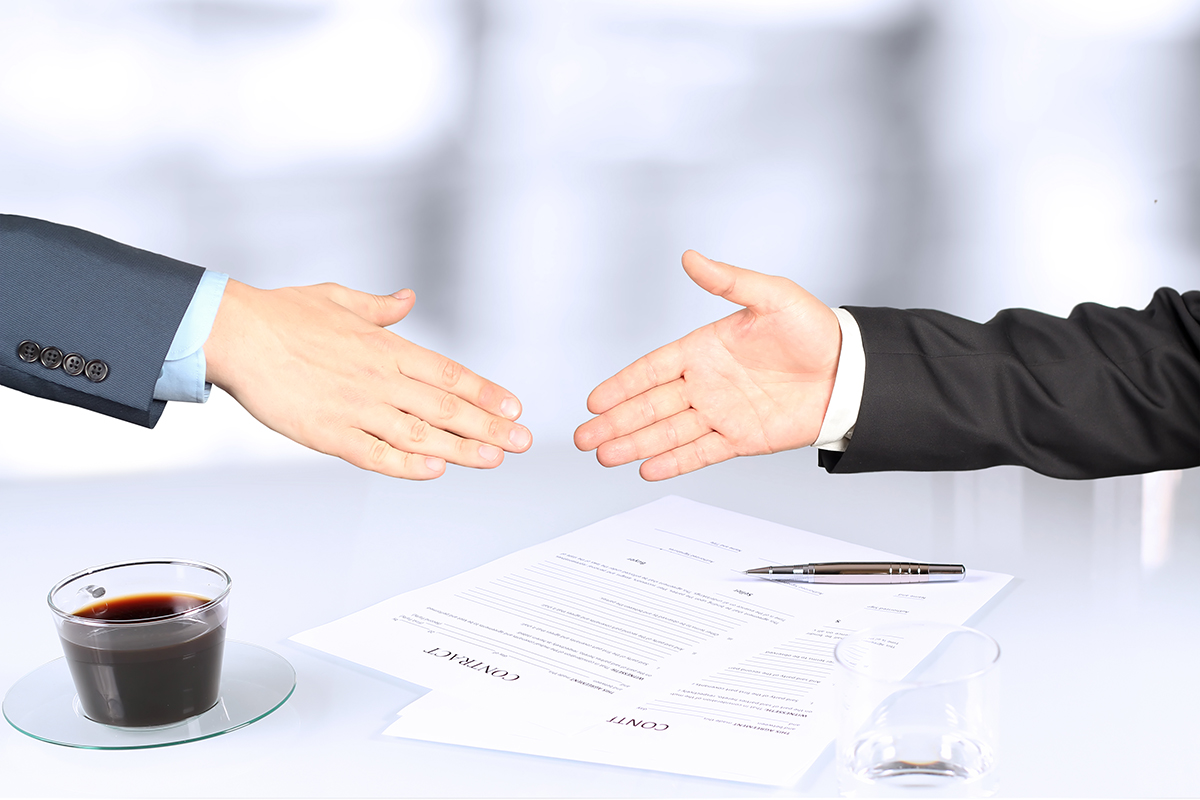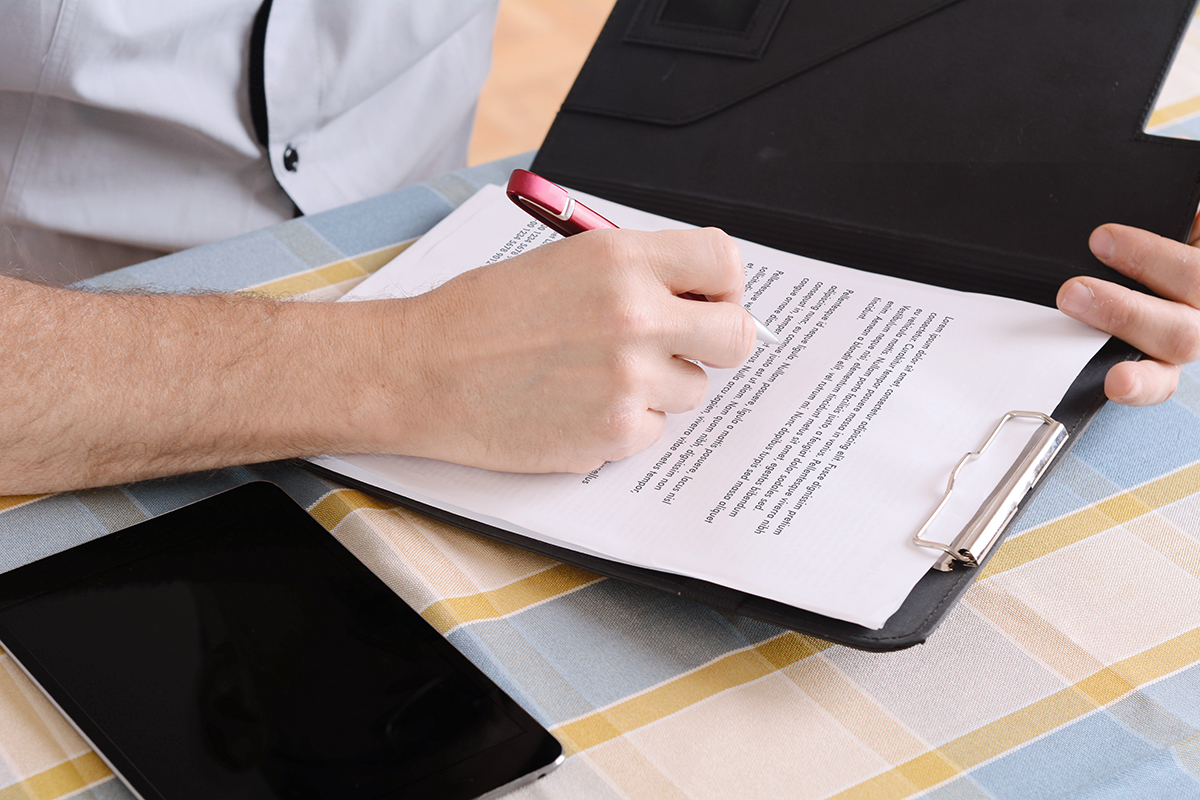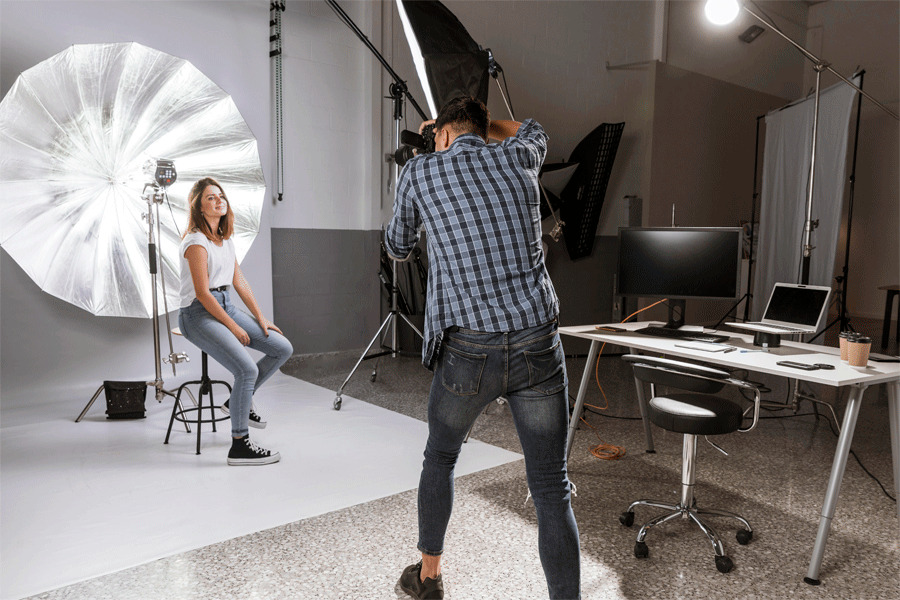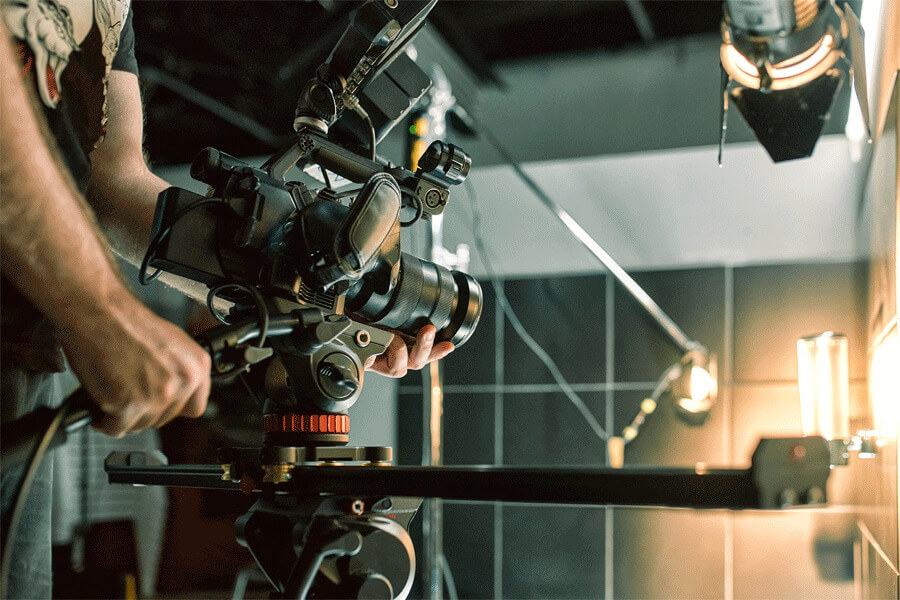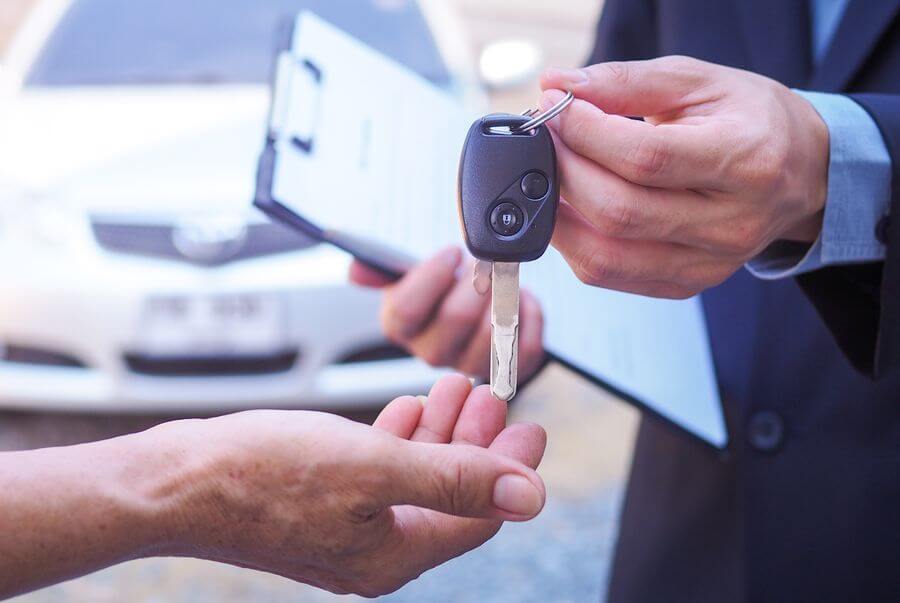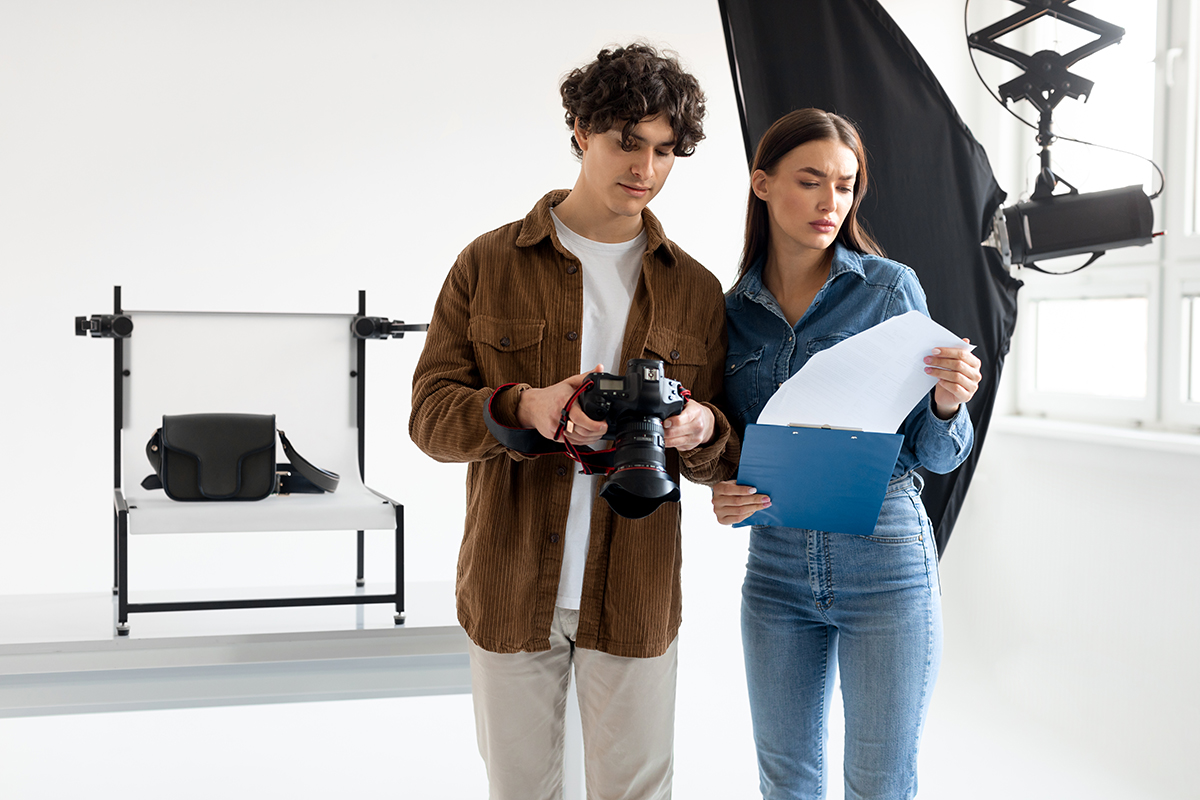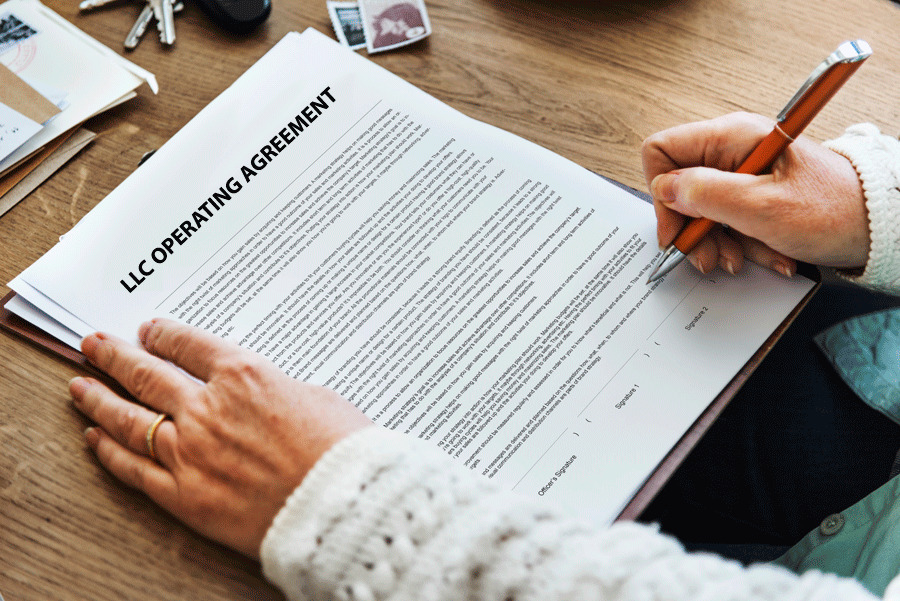A media liability release form is a legally binding document. Its role is to authorize any party to process, reuse, edit, capture, record, or print the contents of an individual. The form also lets the signees know the dangers and implications of their actions. In the event of a legal tussle, the form absolves the issuer from any liability or punitive actions. The recipient could be any celebrity or person who took part in an event or photoshoot. It is him who surrenders the rights to a photographer or a company or media publisher to use these photos, and videos for commercial use. A signee, on the other hand, is the person or company which takes over the rights to make use of the photos for commercial gain.
Free Media Liability Release Forms
Gain access to free downloadable Media Liability Release Forms from below. Simplify the process of obtaining permissions and releases for media usage with these convenient and customizable forms.
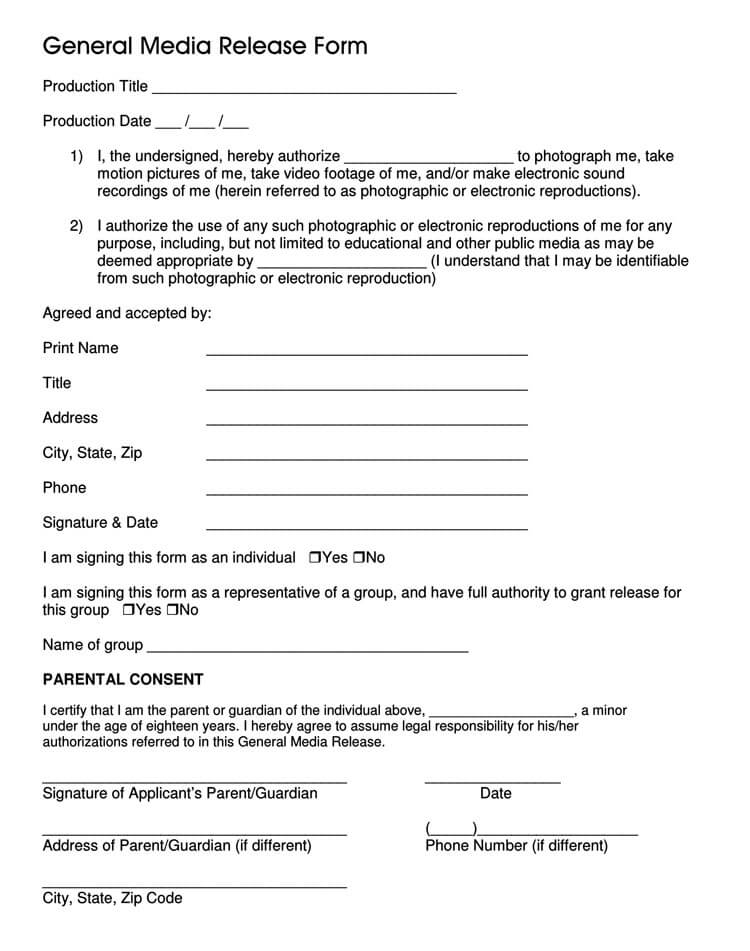

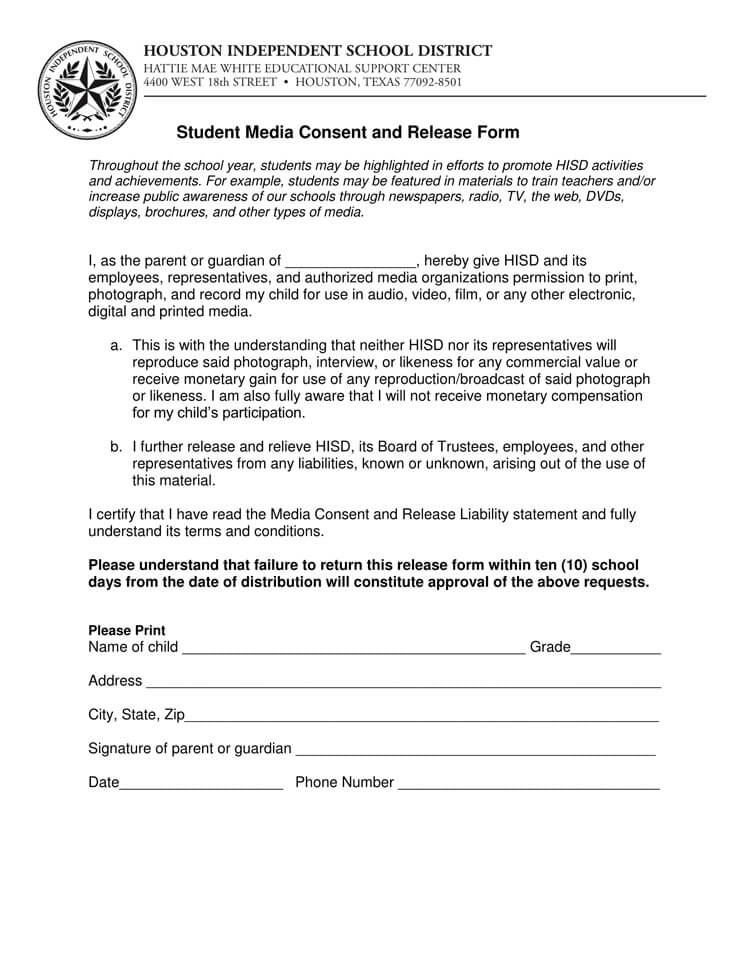
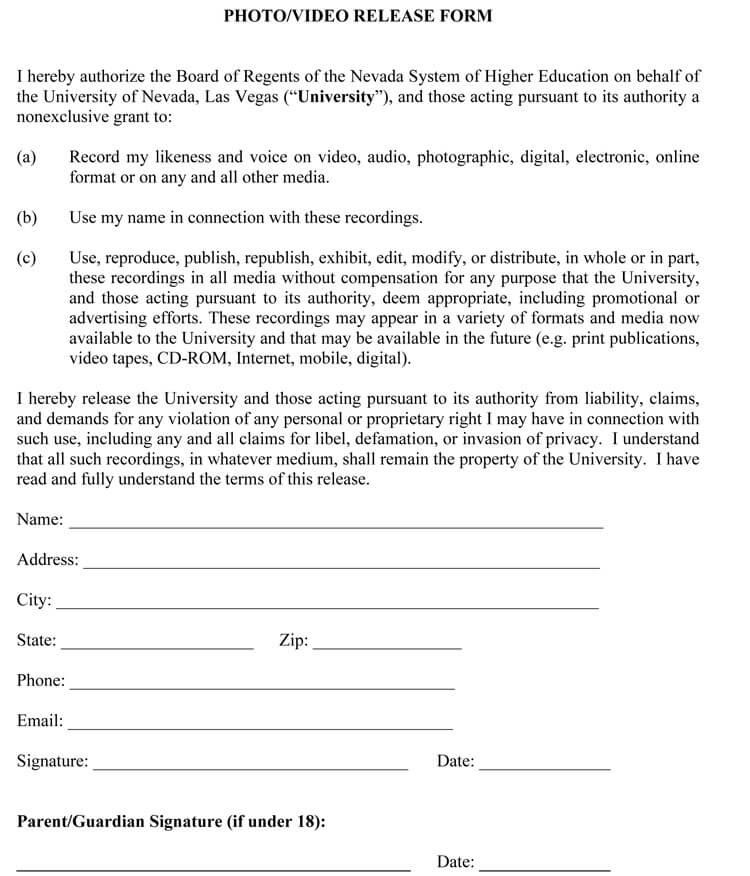
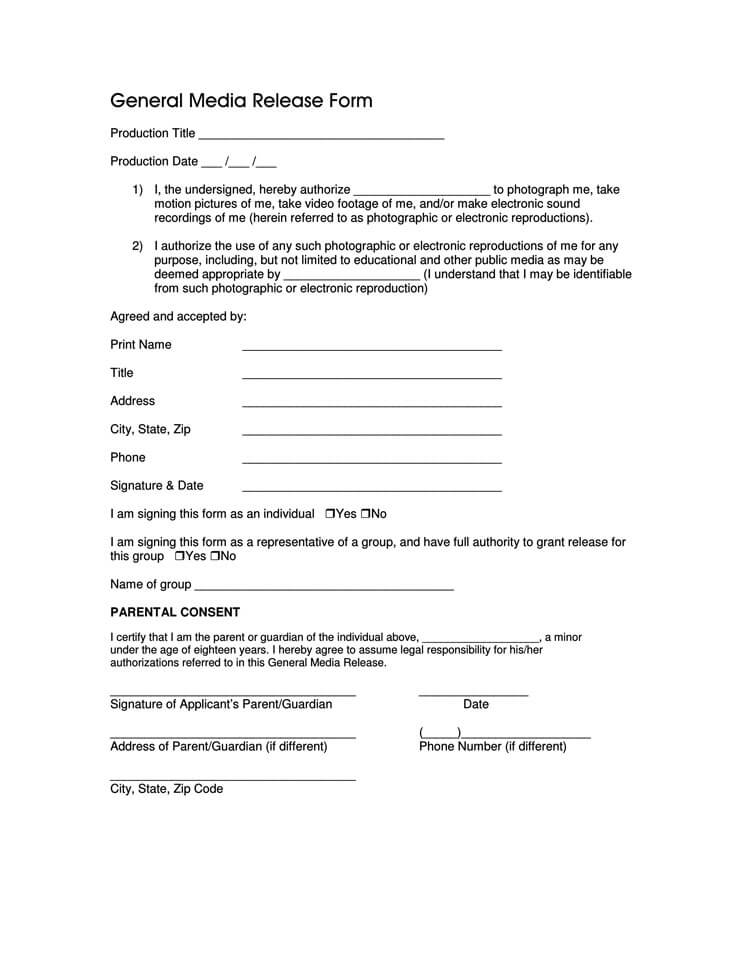
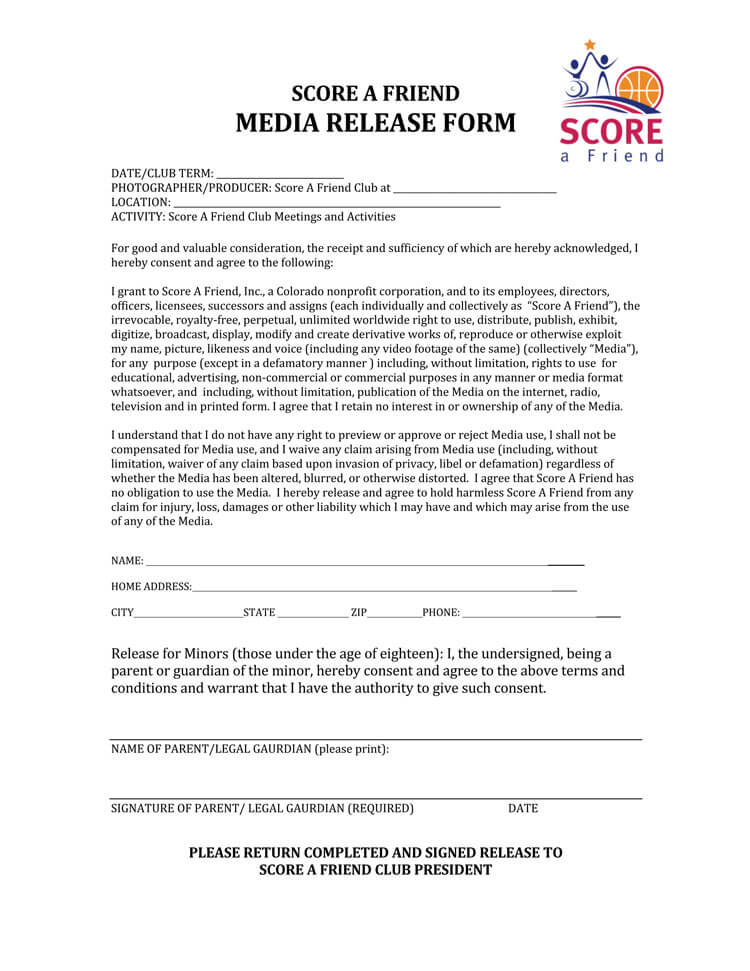
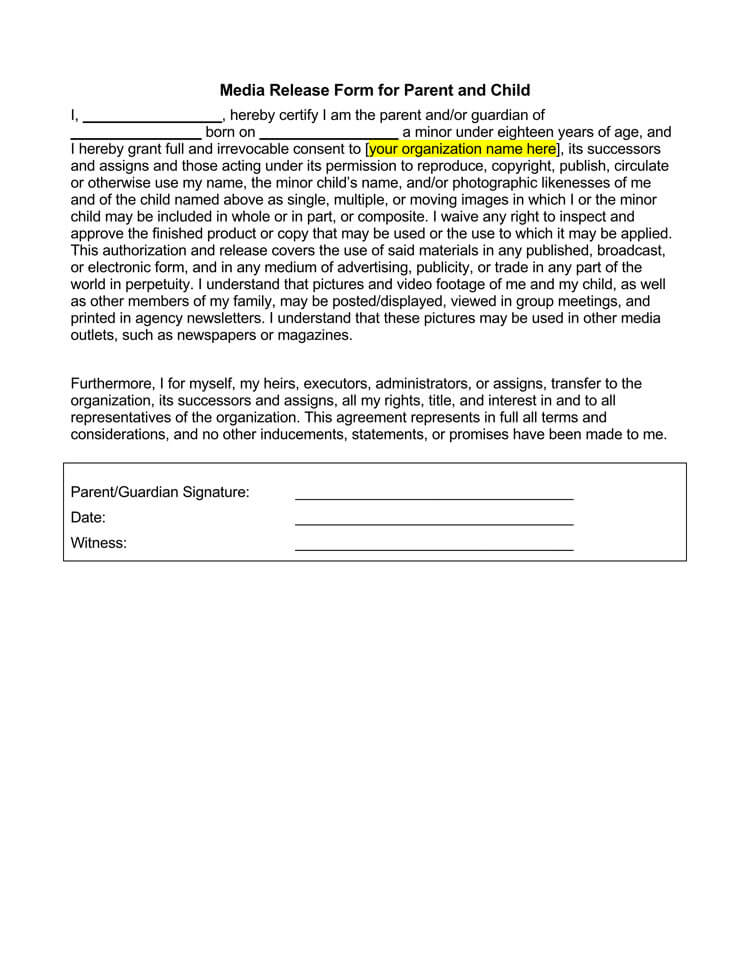
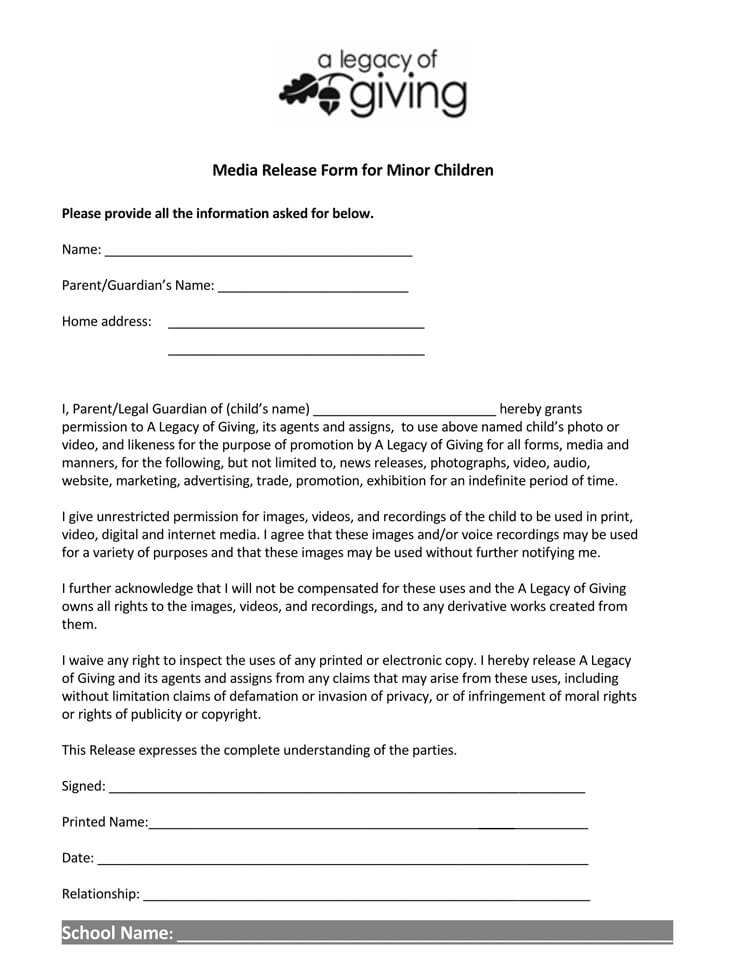
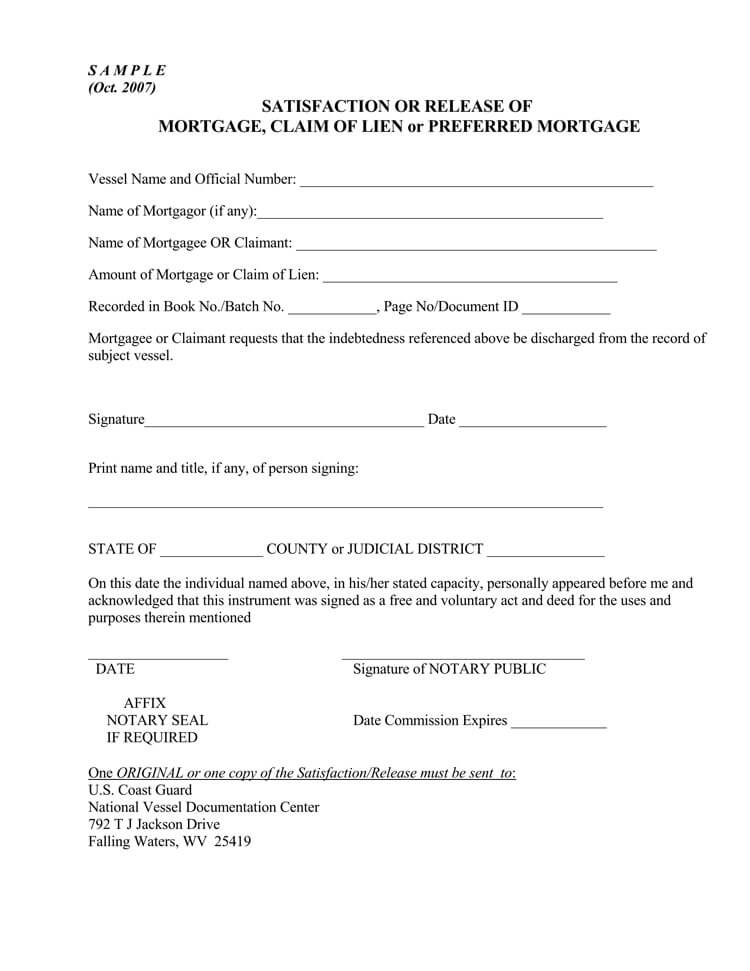
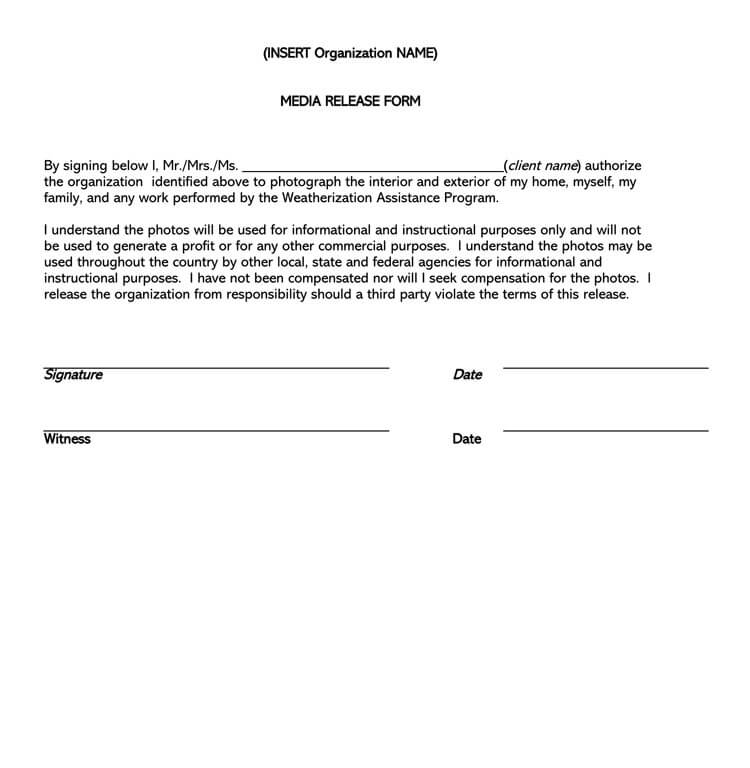
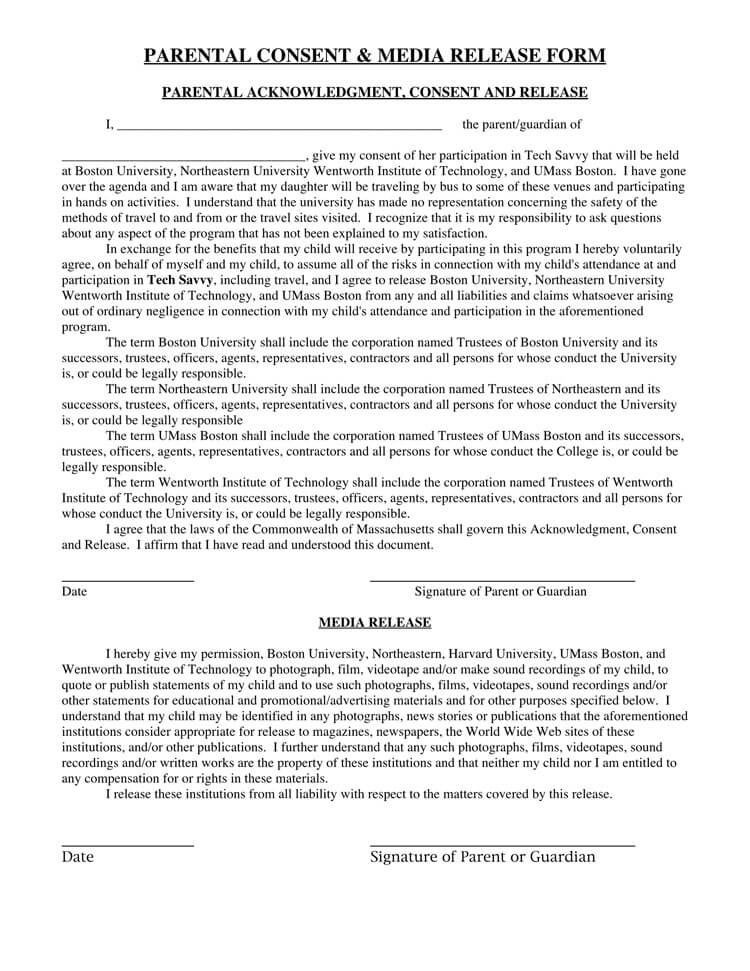
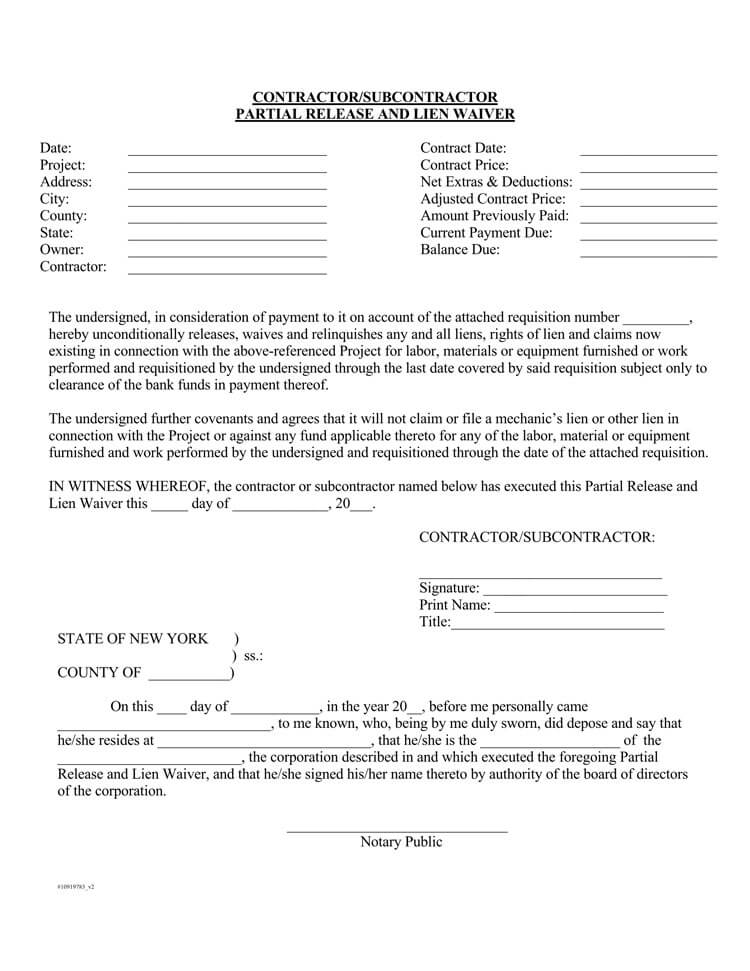
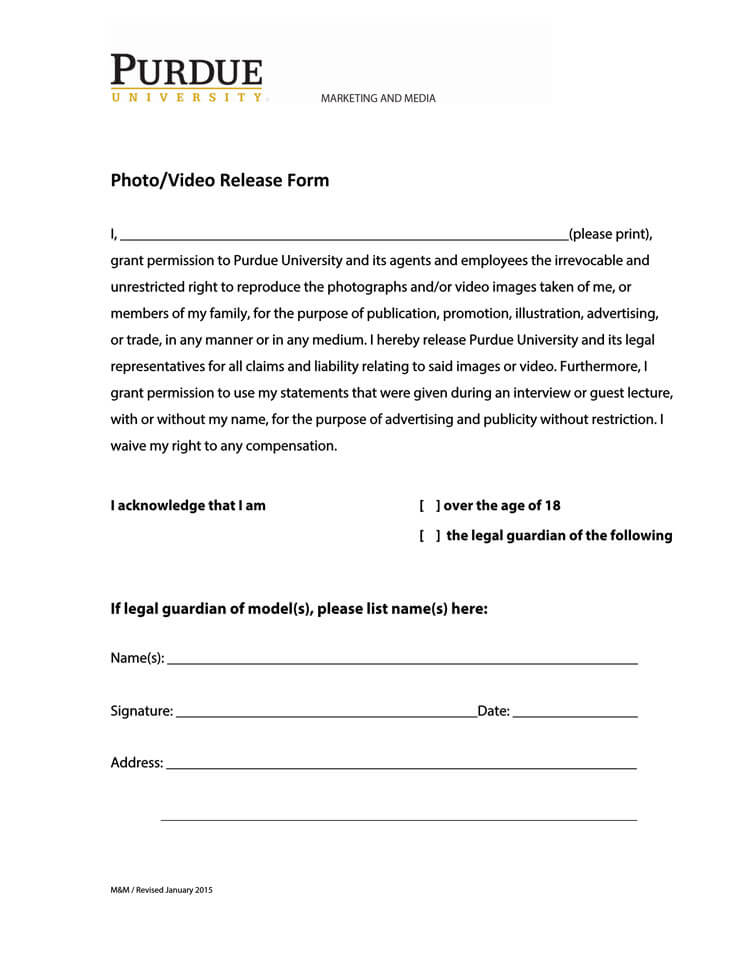
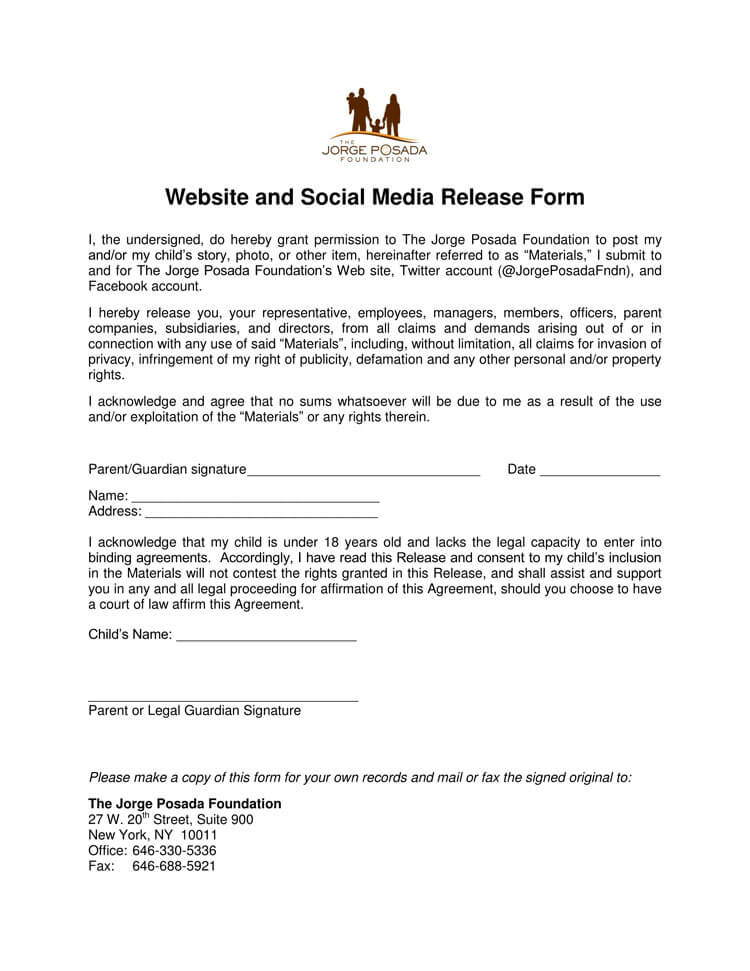
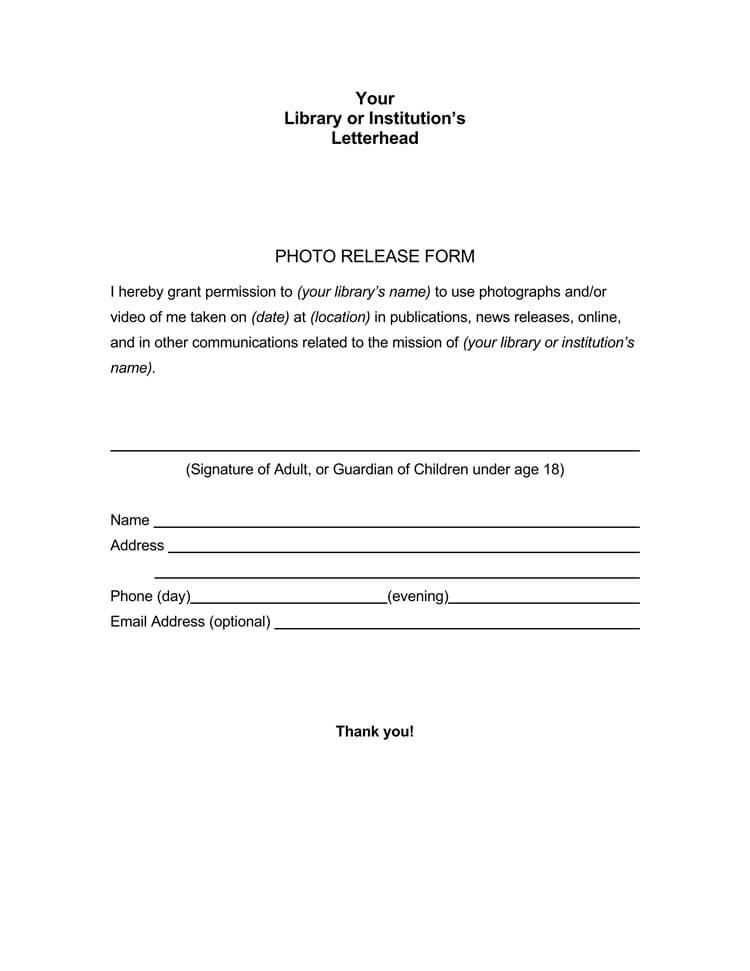
What is the Meaning of Media Liability Release?
Media liability release is an official statement that announces the authorization of the signee to engage in the production of media content. It also spells out the various terms and conditions that the said signee has to uphold and adhere to in the course of so doing.
What are Media Liability Release Form Used For?
Media liability release forms are used for the following purposes:
Authorize signees to engage in media production
Its primary role is to authorize the signee (those who append their signatures on the form) to engage in media production. It spells out the entire scope of such products as well as the associated tasks. It may hence be used as a reference whenever there is a need for any clarifications.
EXAMPLE
A celebrity might give a certain media house the leeway to reproduce his photos and share them with its fan base.
Familiarizes the signees with the associated risks
Media production, like any other career, comes along with some risks. It is yet again the responsibility of this form to spell out those risks. Included in those stipulations are the various ways and means of mitigating those dangers.
The recipient might ask the company taking over the custodianship of the photos not to alter the photos significantly as to interfere with their overall intents and purposes.
Provides proof of authorization
Before collecting some pieces of information, you will usually be asked to show cause your authorization for the same. Yet again, it is the role of this form to provide proof of that authorization. You will produce and hand it to the person asking for that proof.
How else can a media house showcase to any interested party that it indeed has the right to make use of those photos or digital contents?
Used during litigations
From time to time, the media contents that are collected and beamed to an audience may be subjected to litigation issues. This form may be used at such times. Its role under this circumstance is mainly to prove the authorization of that activity and show cause sufficient qualifications for the same.
A judge, magistrate or jury might ask for documentary proof of the authority to use those pictures and digital contents. Only a written one of this kind might offer the needed guidance.
Safeguards you from any liability
As part of the terms and conditions underlying this form, the issuer is absolved from any liability which might arise in the course of engaging in the stipulated roles. If and when issues proceed to the litigation stage, the issuer may not be held criminally liable.
By surrendering your rights to use the photos, you naturally wrest any control and associated risks that might arise in the process. This, of course, means zero liability on your part if things go wrong.
Types of Contents a Media Liability Release Form Covers
A media liability release form is divided into three sections and each section covers the related contents. These sections are the following:
A. Scope of Media Release Form
Content utilization techniques
This form specifies how the various contents shall likely be utilized. Are the contents merely informative or could they also be interactive? In this way, the boundaries which the signee ought to operate within are clearly known and stipulated.
Frequency and duration of use
How often and for how long is the form to be used? Is it for one-time use or repeatedly? This again will go a long way in letting the stakeholders know how to handle any issues that come along with the validity or authenticity of the information given out.
Lifetime or expiration
This refers to the deadline or ultimatum within which the form has to be utilized. It may be declared invalid if used past the designated validity period. Most forms are often valid for a year or so after official issuance.
Scenarios envisage
Lastly, the form also stipulates the various case scenarios that may arise in its lifetime. If it is a war zone, the form may show the cause of what to do in the event of a stray bullet or invasion by an enemy. This is important to prepare the signee psychologically for the same.
B. Breaches it protects the Issuer from
Libel, slander, and defamation
It is not uncommon to be sued for libel, slander or defamation. The role of this form is to shield the issuer from any such issues. In the event that they arise, the issuer will not be held responsible for them directly.
Copyright infringements
To make up some news items, people will often have to derive their information from secondary sources of data. In the course of so doing, they might be sued for copyright infringements. The form serves to spare them from any associated legal proceedings.
Invasion of privacy
Each person has a right to privacy, arbitrary search and entry. It is not uncommon for medial houses to violate or be seen to violate these rights in the course of developing stories. The form exists partly to shield the issuers from any such accusations.
Identity theft
To carve up some stories, the media houses will usually have to get information about the subject of interest without his or her knowledge. This is especially the case for investigative journalism. The risks of identity theft are rife at such times. It is yet again the responsibility of this form to forestall that.
Mistaken identity
Closely related to the above is the issue of mistaken identity. Here, a journalist incorrectly ascribes a motive, event, or course of action to an individual who is totally different from but looks like as the real perpetrator. This form shields against the associated legal issues that ordinarily ensue.
C. Other Common information
- Printed name
- Address
- Email and phone number
- Signature
- Names of the parties waiving their rights
- Names of the parties receiving their rights
- Acknowledgment of Age
- Identification and consent of a legal guardian. (This is necessary in case the signee is who is waiving the rights is a minor)
Media Liability Release Forms (by State)
Consequences of Not Using this Form
In many jurisdictions, this form is mandatory prior to the pursuance of the stated media objectives. In the event it is not used, the following are some of the likely consequences:
Unnecessary lawsuits
The person concerned may face unnecessary lawsuits. These arise from the violations or perceived violations of the various rules and regulations that the form guards against. Moreover, it is an offense in and of itself not to sign this form in most jurisdictions.
Deregistration
You may be deregistered and barred from practicing journalism in the stated jurisdiction. This consequence might never arise that early or promptly though. However, it is still a bright idea to stay within the legal boundaries.
Fines and penalty
Part of your punishments might come in the ways of fines and penalties. These are often levied as a way of punishing you for a mistake you did in your coverage. Yet again, some jurisdictions impose these fines and penalties as a way of punishing you for not signing the form.
Loss of reputation
Finally, there is a loss of reputation. Your reputation as a journalist may come in sharp focus after failing to sign this form. This may, later on, impact your own trust and credibility. You do not want to fall into this pitfall.

